 2010 Toyota Tundra II Regular Cab Long Bed (facelift 2010) Dimensions, Size & Specs
2010 Toyota Tundra II Regular Cab Long Bed (facelift 2010) Dimensions, Size & SpecsMeasurements of the 2010 Toyota Tundra II Regular Cab Long Bed, engineered for optimal performance and comfort
| Dimensions | |
|---|---|
| Length: | 5809 mm228.7 in19.1 ft |
| Width: | 2029 mm79.9 in6.7 ft |
| Height: | 1925 mm75.8 in6.3 ft |
| Ground Clearance: | 259-269 mm10.2-10.6 in0.8-0.9 ft |
| Weight Specifications | |
| Curb Weight: | 2125-2350 kg4685-5181 lbs |
| Maximal permitted Weight: | 2903-3266 kg6400-7200 lbs |
| Tire Specifications | |
| Rims Size: | 18-inch rims:
|
| Tire Size: |
|
The 2010 Toyota Tundra II Regular Cab Long Bed represents a robust and spacious full-size pickup truck, produced from 2009 to 2013. This facelift model of the second-generation Tundra stands out for its impressive dimensions and rugged design tailored for heavy-duty use and utility. Measuring 5809 mm (228.7 inches) in length, 2029 mm (79.8 inches) in width, and 1925 mm (75.8 inches) in height, the Tundra II Regular Cab Long Bed offers a substantial footprint that ensures a commanding road presence as well as significant cargo capacity in its long bed configuration.
With a curb weight ranging from 2125 to 2350 kg (4686 to 5181 lbs), the vehicle balances durable construction with drivability. Its maximum weight capacity reaches between 2903 and 3266 kg (6403 to 7200 lbs), underscoring its capability to haul heavy loads effectively. The pickup features a notable ground clearance of 259 to 269 mm (10.2 to 10.6 inches), which facilitates superior off-road performance and the ability to tackle rugged terrain with confidence.
The Toyota Tundra II Regular Cab Long Bed rides on 18-inch rims (8.0J x 18) equipped with tires sized at 255/70 R18, combining a sturdy stance with adequate traction and comfort for various driving conditions. This generation of the Tundra caters to truck enthusiasts seeking a reliable and spacious vehicle that can serve both as a powerful workhorse and a comfortable daily driver.
Overall, the 2010 Tundra II Regular Cab Long Bed delivers strong performance, spacious dimensions, and versatile capabilities, making it a competitive option in the full-size pickup segment.
Discover the standout features that make the 2010 Toyota Tundra II Regular Cab Long Bed a leader in its class
Have a question? Please check our knowledgebase first.
The Toyota Tundra II Regular Cab Long Bed 2010 facelift features substantial dimensions suitable for a full-size pickup truck. Its length measures 5809 mm (approximately 228.7 inches or 19.06 feet), width is 2029 mm (about 79.9 inches or 6.66 feet), and height stands at 1925 mm (around 75.8 inches or 6.3 feet). These dimensions contribute to a commanding road presence and accommodate the long bed design that benefits cargo carrying capabilities.
The 2010 Toyota Tundra II Regular Cab Long Bed has a curb weight ranging between 2125 kg and 2350 kg (4685 to 5180 lbs), which represents the vehicle's weight without passengers or cargo but with standard equipment and fluids. Its maximum weight capacity varies between 2903 kg and 3266 kg (6400 to 7200 lbs), incorporating payload and passengers. These weight specifications mean the Tundra can handle heavy loads comfortably while maintaining stable handling, making it suitable for towing and hauling tasks typical for pickup truck users. However, the higher weight also means increased fuel consumption and potentially less agility compared to lighter vehicles.
The Toyota Tundra II Regular Cab Long Bed facelifted in 2010 offers a ground clearance ranging between 259 mm and 269 mm (approximately 10.2 to 10.6 inches). This generous ride height enables the truck to navigate rough terrain and obstacles with relative ease, making it suitable for off-road conditions. The optimal clearance helps prevent the undercarriage from striking rocks, debris, or uneven surfaces, enhancing durability and safety when driving off the beaten path or on construction sites.
The 2010 Toyota Tundra II Regular Cab Long Bed comes fitted with rims sized 8.0J x 18 and tires sized 255/70 R18. This means it has 18-inch wheels with a width that supports 255 mm wide tires and an aspect ratio of 70%, which relates to sidewall height. These tire and rim dimensions provide a good balance between ride comfort, traction, and handling stability. The relatively tall tire sidewall offers cushioning over bumps and rough surfaces, making it ideal for a pickup truck that may often be used in off-road or loaded conditions, while the width helps in maintaining strong road grip.
Standard garage dimensions vary but typically measure about 2.44 meters (8 feet) in width and 5.49 meters (18 feet) in length. The Toyota Tundra II Regular Cab Long Bed 2010 facelift, with its considerable size of 5809 mm (19.06 feet) in length and 2029 mm (6.66 feet) in width, generally poses a tight fit or may exceed length or width clearance in a standard garage, especially considering door opening space and room to walk around. Owners planning to park this truck inside should measure their garage space carefully or consider a larger garage or outdoor parking to avoid inconvenience or damage.
Compared to its predecessor, the first generation Toyota Tundra, the 2010 Tundra II Regular Cab Long Bed showcased an increase in size and weight, marking Toyota's focus on a more robust and capable pickup. The length increased to 5809 mm (from the earlier generation's shorter variants), which gave the truck better cargo capacity in the long bed format. Its width of 2029 mm and height of 1925 mm also grew, providing more interior space and a higher driving position. Weight rose accordingly, ranging between 2125 and 2350 kg curb weight, reflecting added features and structural enhancements. These changes positioned the Tundra II to be more competitive against larger American pickups while offering Toyota’s reliability.
The 2010 Toyota Tundra II Regular Cab Long Bed stands competitively against full-size pickups like the Ford F-150 and Chevrolet Silverado in terms of size and capability. Dimensionally, it is similar in length (5809 mm or 228.7 inches) and width (2029 mm or 79.9 inches), comparable to many F-150 and Silverado crew or extended cab versions. The Toyota distinguishes itself with Toyota’s reputation for durability and reliability, while the American trucks often offer a broader range of powertrains and trim levels. However, the Toyota’s curb weight and ground clearance (259-269 mm or about 10.2 to 10.6 inches) provide strong off-road performance and payload capacity, making it a solid choice for those seeking a dependable pickup with robust size and durability.
The fuel efficiency of the 2010 Toyota Tundra II Regular Cab Long Bed varies with engine configuration but generally ranges from about 12 to 15 liters per 100 km (approximately 16 to 20 miles per gallon). This is fairly typical for full-size pickup trucks with larger engines and substantial curb weight. While the Tundra offers reliable performance and capability, its fuel consumption tends to be higher compared to smaller or more modern trucks with advanced fuel-saving technologies. Buyers should consider that towing, payload, and driving style could significantly influence real-world fuel economy.
As a Regular Cab Long Bed truck, the 2010 Toyota Tundra II prioritizes cargo capacity with a longer bed measuring roughly 2440 mm (about 8 feet), ideal for transporting large or bulky items. However, the interior cabin is limited to a single row of seating, accommodating only two or three occupants based on configuration, which suits work-related use or occasional transport rather than family commuting. The interior space focuses on practicality, with durable materials and straightforward controls, offering sufficient legroom and headroom for front passengers while maximizing bed utility.
The 2010 Toyota Tundra II Regular Cab Long Bed is capable of impressive towing and payload performance, with a maximum weight (gross vehicle weight rating) ranging from 2903 kg to 3266 kg (6400 to 7200 lbs), depending on specific configurations and equipment. This allows it to handle heavy trailers, boats, or construction materials reliably. Payload capacity varies but generally aligns with competitors in the full-size pickup segment, typically between 700 kg and 900 kg (1540 to 1980 lbs). The truck’s sturdy frame, suspension, and powertrain options ensure it can perform demanding tasks demanded by commercial users and outdoor enthusiasts alike.
Discover similar sized cars.
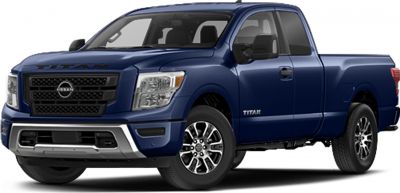
| Production: | 2020-present |
|---|---|
| Model Year: | 2020 |
| Length: | 5796-5829 mm228.2-229.5 in |
| Width: | 2019-2050 mm79.5-80.7 in |
| Height: | 1908-1953 mm75.1-76.9 in |
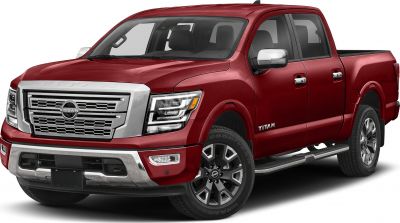
| Production: | 2020-present |
|---|---|
| Model Year: | 2020 |
| Length: | 5796-5829 mm228.2-229.5 in |
| Width: | 2019-2050 mm79.5-80.7 in |
| Height: | 1915-1961 mm75.4-77.2 in |
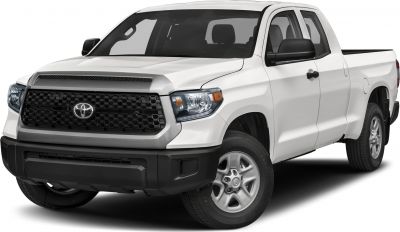
| Production: | 2017-2021 |
|---|---|
| Model Year: | 2018 |
| Length: | 5814 mm228.9 in |
| Width: | 2029 mm79.9 in |
| Height: | 1925-1935 mm75.8-76.2 in |
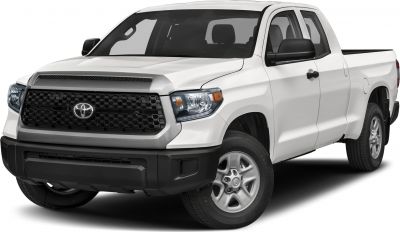
| Production: | 2017-2021 |
|---|---|
| Model Year: | 2018 |
| Length: | 5814 mm228.9 in |
| Width: | 2029 mm79.9 in |
| Height: | 1930-1941 mm76.0-76.4 in |
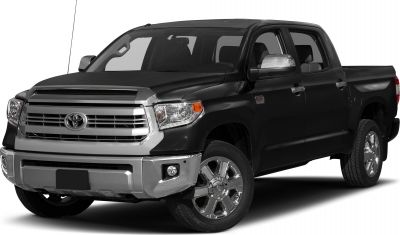
| Production: | 2013-2017 |
|---|---|
| Model Year: | 2014 |
| Length: | 5814 mm228.9 in |
| Width: | 2029 mm79.9 in |
| Height: | 1925-1935 mm75.8-76.2 in |
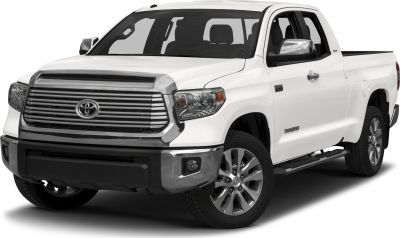
| Production: | 2013-2017 |
|---|---|
| Model Year: | 2014 |
| Length: | 5814 mm228.9 in |
| Width: | 2029 mm79.9 in |
| Height: | 1930-1940 mm76.0-76.4 in |
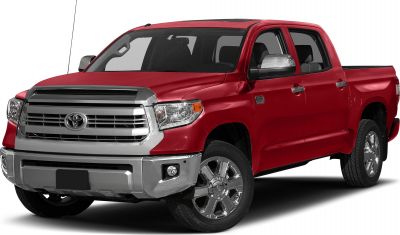
| Production: | 2013-2017 |
|---|---|
| Model Year: | 2014 |
| Length: | 5814 mm228.9 in |
| Width: | 2029 mm79.9 in |
| Height: | 1925-1935 mm75.8-76.2 in |
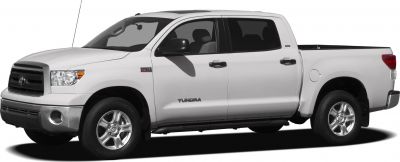
| Production: | 2010-2013 |
|---|---|
| Model Year: | 2010 |
| Length: | 5809 mm228.7 in |
| Width: | 2029 mm79.9 in |
| Height: | 1920-1930 mm75.6-76.0 in |
